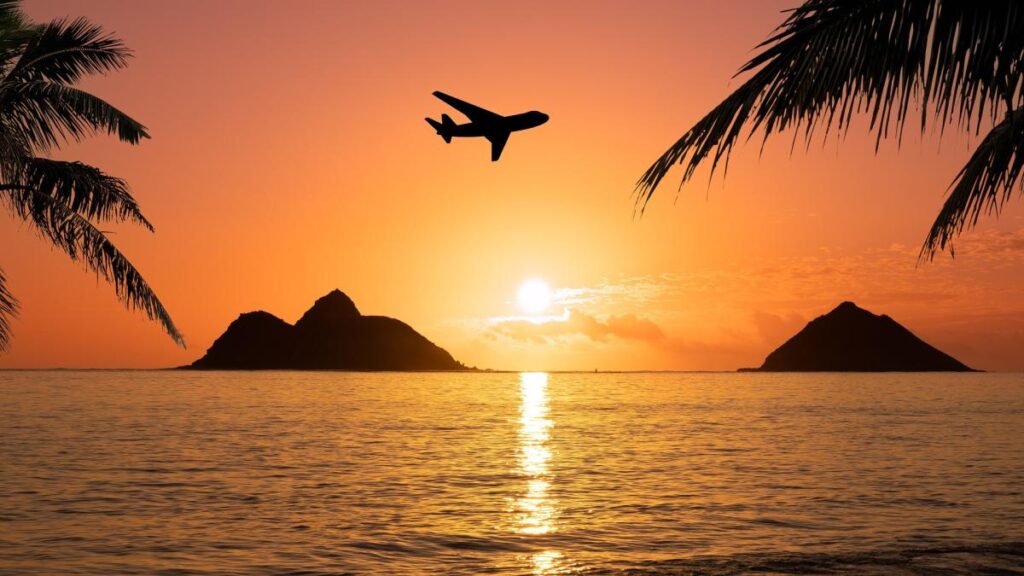
One of the most expensive places to vacation in the US may be about to get even more expensive: Hawaii state lawmakers and Governor Josh Green are considering a $25 per person climate tax on tourists staying in “transient accommodations,” which include hotels, resorts and other short-term rentals.
check out: 3 Destinations Similar to Hawaii, But Much Cheaper
Read next: 4 genius things wealthy people do with money
This flat rate would be in addition to the 10.25% Transient Occupancies Tax (TAT) currently levied across the Hawaiian Islands and the 3% tourism tax levied on Oahu.
The fee would apply to all visitors, including those who stay in Hawaii for free or who use rewards, miles, or loyalty points to pay for hotel and resort stays. The bill would exempt visitors to medical facilities, school dorms, military barracks, and non-profit organizations, Fox Business reported.
Climate impact fees are ostensibly intended to protect local environments
During his State of the State address this year, Governor Green said the proposed $25 climate impact fee would bring in more than $68 million a year to the Hawaiian Islands. “A climate impact fee on visitors would provide much needed funding to protect our environment and raise awareness of the effects of climate change,” he said in his address, as detailed by Hawaii Public Radio.
Mr Green said he was also open to other suggestions and recommendations, such as increasing the TAT tax, imposing additional fees for access to beaches, parks and other leisure spots, and making park permits mandatory.
He said the money raised could be invested in coastal protection, firebreaks and other preventative measures to prevent fires like the one on Maui from happening again. “I don't think this is too much to ask of people visiting our islands,” he said in his speech.
learn more: Dave Ramsey — 7 Luxury Vacations That Are a Waste of Money
Tourism is vital to Hawaii's economy: will these fees have a negative impact?
Tourism accounts for roughly 25% of Hawaii's economy, according to a University of Hawaii report. According to Hawaii-Guide.com, more than 855,537 visitors spent $1.76 billion in March 2024, most of whom were from other U.S. states.
These figures are down from March 2023, primarily due to the Maui wildfires in August 2023. Tourism in the state has yet to recover: Hawaii-Guide.com initially predicted tourism would return to pre-pandemic levels by mid-2024 or the end of the year, but after the wildfires, experts now predict a full recovery may take until 2026.
Climate impact fee funds could help speed recovery while funding preventative measures to avert future climate disasters. Considering that a 10-day trip to Hawaii costs $13,495 for a family of four, an extra $25 per person per trip is unlikely to scare away tourists, ESG Legal Solutions wrote.
More from GOBankingRates
This article originally appeared on GOBankingRates.com: This US travel destination is considering a “climate tax”: How much extra would you be willing to pay?


